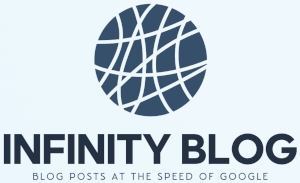
Understanding Media Manipulation and Propaganda
Understanding Media Manipulation and Propaganda
In today’s information age, media manipulation and propaganda are powerful tools used to influence public opinion. These tactics can shape perceptions, behaviors, and even policy decisions. Understanding how media manipulation works is essential for being an informed consumer of news and information.
Propaganda often employs emotional appeal, selective facts, and misleading narratives to sway opinions. Recognizing these techniques helps individuals make more informed judgments and resist undue influence. For example, propaganda can be used to promote political agendas or sway public sentiment during crises.
To better grasp the nature of propaganda, it is important to understand its various forms, such as posters, broadcasts, social media campaigns, and more. Each form can be used to disseminate specific messages that serve particular interests. By analyzing the sources and messages, you can develop a critical approach to consuming media.
For a deeper dive into how propaganda operates within society, visit our propaganda overview section. Learning to identify tactics such as misinformation, disinformation, and emotional appeals is key to fostering media literacy.
Tips to Identify Media Manipulation and Propaganda
- Check the credentials and credibility of sources.
- Be cautious of stories that evoke strong emotional reactions.
- Look for corroborating information from multiple outlets.
- Be aware of biased language and one-sided narratives.
By practicing these tips, you can become more resistant to manipulation and better equipped to interpret media messages accurately.
